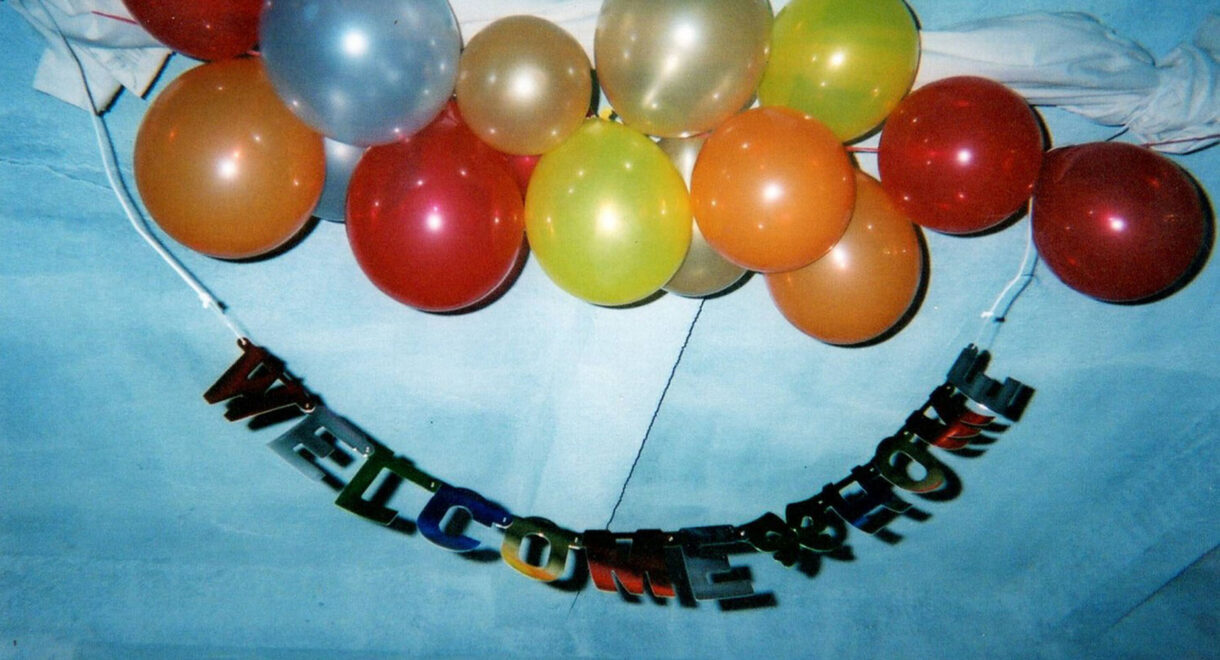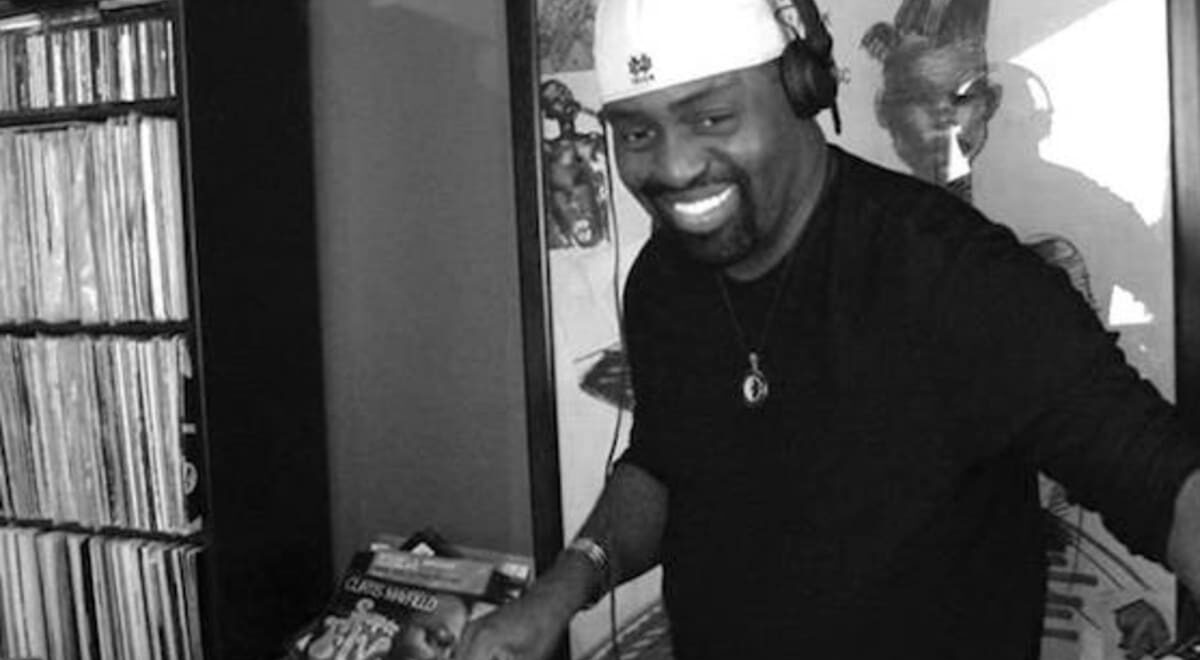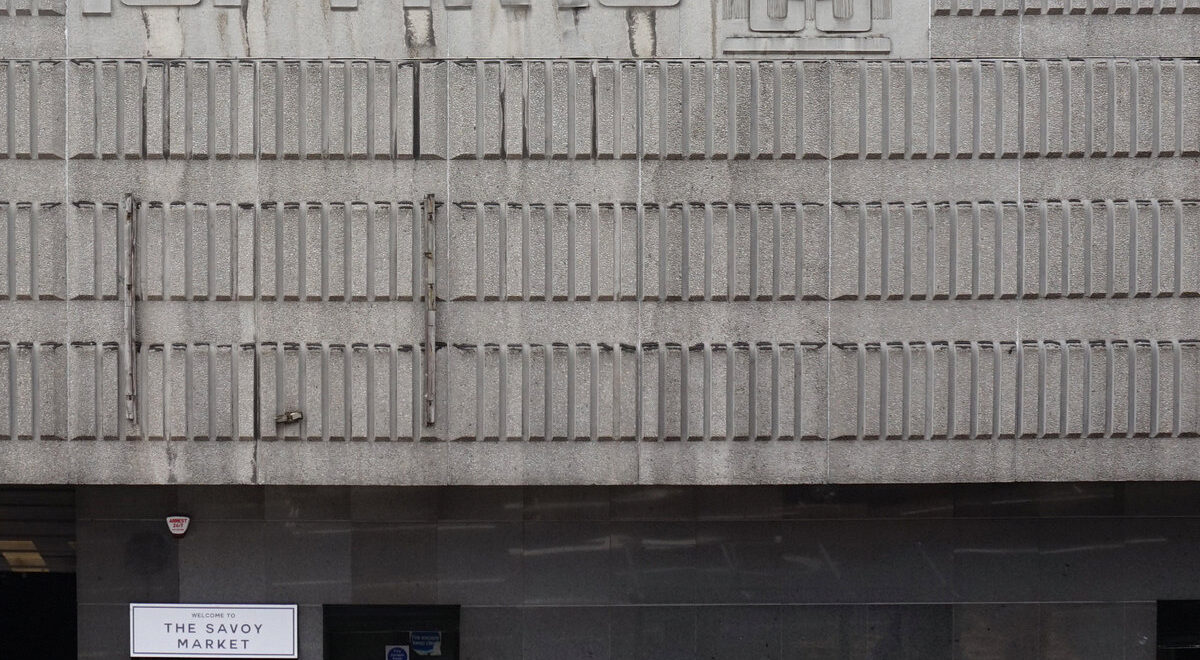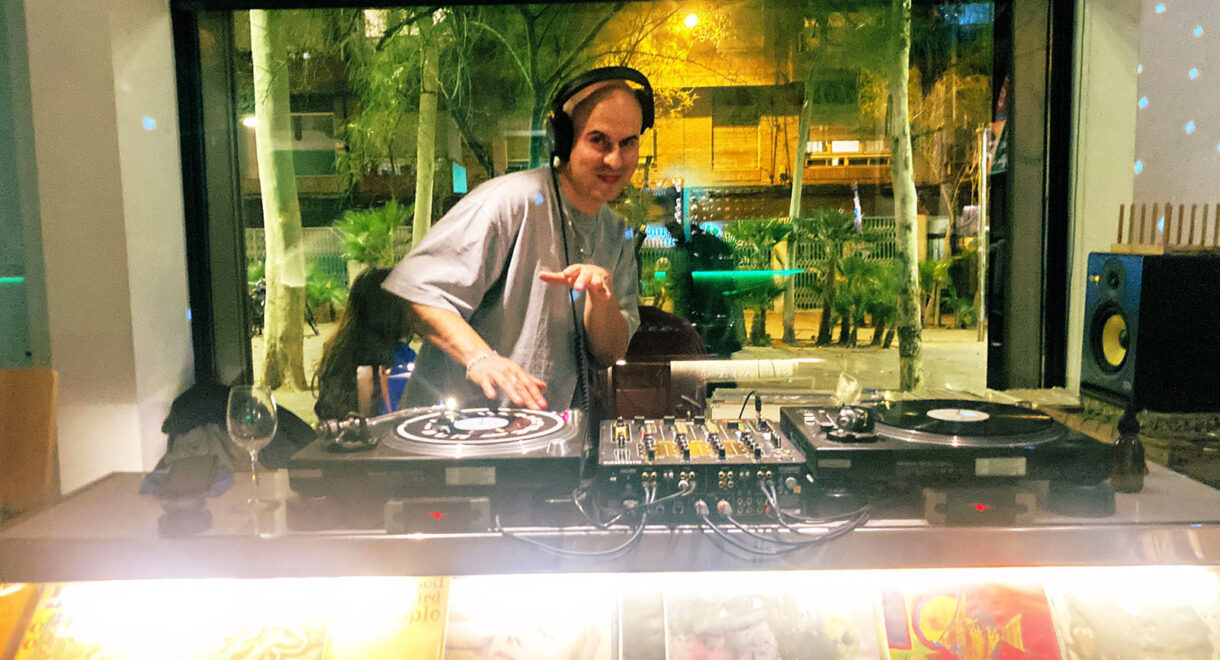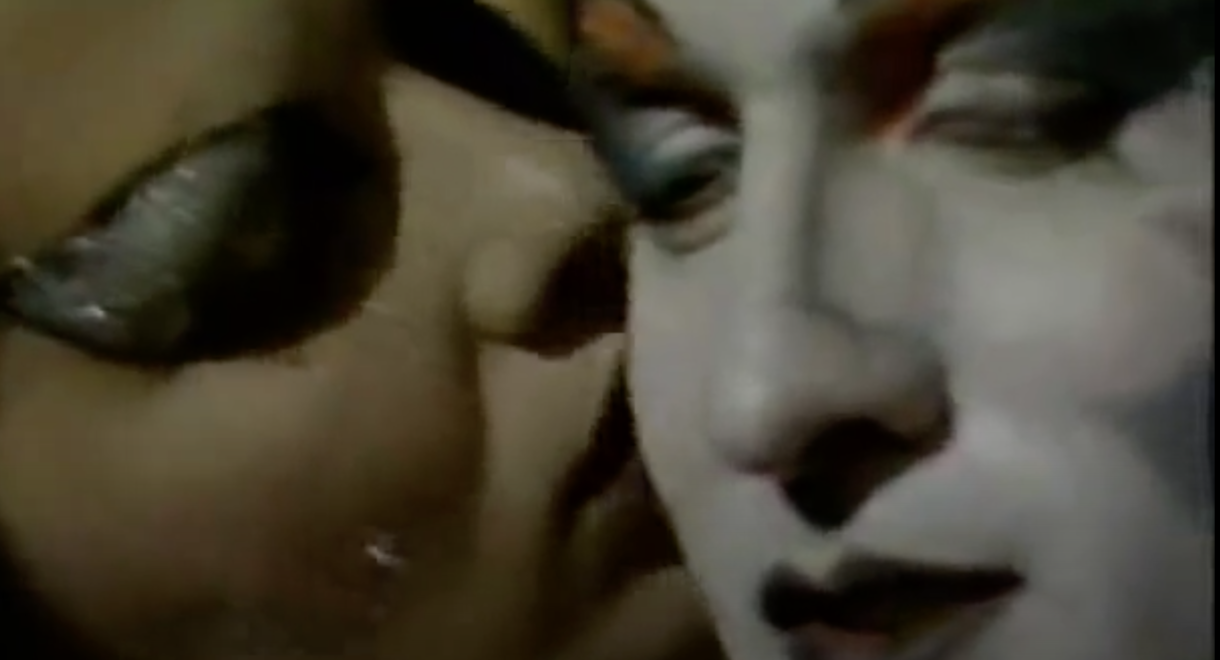Gelareh Khoie shares the story of thirtyninehotel, a legendary nightclub, art gallery, and performance space powered by Klipschorns from David Mancuso’s Prince Street loft parties. Love (Art & […]
Read This: Tim Lawrence’s ‘Life and Death on the New York Dance Floor, 1980-1983’

The go-to book on the Lower Manhattan post-disco scene is required reading – and a great resource.
One of the first tasks after moving into a new neighborhood is to get your bearings. What’s this place all about? What else happened here? Though time can wipe away much of the physical evidence, what remains are the stories, the songs, the memories.
When In Sheep’s Clothing NYC opened our new Lower Manhattan location in mid-July as part of Port Sa’id at the corner of King and Hudson, a cursory study of Hudson Square revealed, for example, that we’re a few blocks from where, in 1853, Henry Engelhard Steinway founded his piano company in a Varick Street loft. The remarkable experimental music magazine Ear? When cofounder Beth Anderson relocated from San Francisco in 1975 to begin publishing a New York version of the magazine (co-edited by Laurie Spiegel), she did so from a spot above a legendary former speakeasy a few blocks way now called the Ear Inn. At 206 years, it’s the oldest bar in New York.
The first book we pulled from the shelf? Tim Lawrence’s Life and Death on the New York Dance Floor, 1980-1983. Focused on the sizzling underground DJs and dance palaces of New York that supplanted hotspots like Studio 54 after commercialism (and cocaine) killed the vibe, Lawrence’s deeply researched and reported book identifies and contextualizes the figures and spaces that helped set the stage for the house music explosion; tragically, it was a scene that at the time was unknowingly teetering on the edge of the devastating AIDS virus insidiously making its way through New York’s gay community.
Some of the most amazing passages in the book occur, of course, at the long-shuttered Paradise Garage, Larry Levan’s King St. mecca. The expertly engineered warehouse space, which opened inside an indoor parking garage in 1978, is considered hallowed ground by the global dance community — and all of us at In Sheep’s Clothing. The spot is, quite literally, next door to Port Sa’id and In Sheep’s Clothing.
Here’s how Lawrence describes Levan’s arrival at the Garage in Life and Death on the New York Dance Floor, 1980-1983:
[Levan] might have wondered about his decision when the Garage opened its five-thousand-square-foot main room in January 1978. That night the sound was so awful Brody whisked his parties back to the smaller room and agreed to [sound engineer Richard] Long’s request to bring Alan Fierstein of Acoustilog, Inc., into the sound team. “I came on board just as they were starting to equip the big room, whose acoustic problems were so severe that they needed help,” recalls the consultant. “When I first walked in I couldn’t understand what someone was saying if they were more than about fifteen feet away.“
Continues Lawrence:
Deducing that the problem lay with the building’s concrete infrastructure, which provided minimal bass absorption, Fierstein designed a series of upside-down fiberglass pyramids and hung them from the ceiling, packing the side walls with the same material. He also oversaw the introduction of extra gear: a new electronic four-way 3000 crossover, a DBX Boom Box, a DBx Dynamic Range Expander, and a Deltalab Acousticomputer. “In Disco installations, and particularly at the Garage, it is important to coordinate the design of the DI console and control electronics with the desires of the DJ whenever possible,” Fierstein and Long noted in a coauthored paper delivered at an Audio Engineering Society convention in the autumn of 1980. “The special console at the Garage… satisfies all of the needs of the Garage DJ, putting all control electronics which he uses immediately at his finger tips.“
Another excerpt describes Levan’s role in tuning and refining the system.
Larry would throw something out to Richard as to what he was trying to achieve, and Richard would jump and say, “Yeah, we can do this” or “No, it won’t work,” recalls Powers. “Richard was very open to Larry’s feedback. He named the Levan Horn after Larry because Larry inspired him to tune a great box even lower. The design was Richard, the inspiration was Larry.” A conspicuous figure at the Garage, Judy Weinstein maintains that Levan was a “scientist” as well as a DJ and remixer. “He built the room and the system with Richard Long,” she comments.
We’re particularly drawn to this Lawrence observation: “The system even instigated a new form of listening for some. ‘Up until the Garage, the Loft was hands down the best sound I had ever heard,'” Danny Krivit told Lawrence in the book, referencing DJ David Mancuso’s Loft. “‘But once the Garage came along, it became a little hard to hear the refined quality of David’s system. It was about progression.'”
A fascinating read that will guide you to hundreds of tracks played across New York during a particularly momentous era, Lawrence’s book identifies go-to Levan favorites in easily accessed lists; it does the same for other legendary selectors of the time.
At the end of the chapter devoted to the Paradise Garage, Lawrence offers this priceless overview of Levan’s 1980 set lists:
LARRY LEVAN, THE PARADISE GARAGE (1980)
Gayle Adams, “Stretch In Out”
Gayle Adams, “Your Love Is a Life Saver”
Aurra, “When I Come Home”
Edwin Birdsong, “Rapper, Dapper, Snapper”
Blondie, “Rapture”
Kurtis Blow, “The Breaks”
Brass Construction, “We Can Do It”
Dee Dee Bridgewater, “Bad for Me”
Ramona Brooks, “I Don’t Want You Back”
Cameron, “Let’s Get It Off”
Change, “Lover’s Holiday”
Convertion, “Let’s Do It”
Marianne Faithfull, “Why’d Ya Do It?”
Fantastic Aleems, “Hooked on Your Love”
Fantasy, “You’re Too Late”
First Choice, “Double Cross”
Taana Gardner, “When You Touch Me”
Taana Gardner, “Work That Body”
Eddy Grant, “Living on the Frontline”
Johnny Harris, “Odyssey”
Loleatta Holloway, “Love Sensation”
Jimmy “Bo” Horne,
“Is It In”
Geraldine Hunt, “Can’t Fake the Feeling”
Instant Funk, “Everybody”
Grace Jones, “Warm Leatherette”
Kano, “I’m Ready” Chaka Khan, “Clouds”
LAX, “AlI My Love”
Loose Joints, “Is It All over My Face? (Female Vocal)”
Janice McClain, “Smack Dab in the Middle”
Mtume, “So You Wanna Be a Star”
Billy Nichols, “Give Your Body Up to the Music”
Phreek, “Weekend”
The Police, “Voices inside My Head”
Queen, “Another One Bites the Dust”
Sharon Redd, “Can You Handle It?”
Rod, “Shake It Up (Do the Boogaloo)”
Rufus and Chaka, “Any Love”
Patrice Rushen, “Haven’t You Heard”
Skyy, “Here’s to You”
Skyy, “Skyyzoo”
Sun Palace, “Rude Movements”
Sylvester, “I Need You”
Talking Heads, “I Zimbra”
Trussel, “Love Injection”
Two Tons o’ Fun, “I Got the Feeling”
Two Tons o’ Fun, “Just Us”
Unlimited Touch, “I Hear Music in the Streets”
Theo Vaness, “I Can’t Dance without You”
Young & Company, “I Like (What You’re Doing to Me)”
DJ Francois Kevorkian captured the essence of the Garage with a simple declaration: “There was just nowhere else you could experience this kind of thing,” he told Lawrence.
You should own a copy of the book:
Buy Tim Lawrence’s Life and Death on the New York Dance Floor, 1980-1983.




